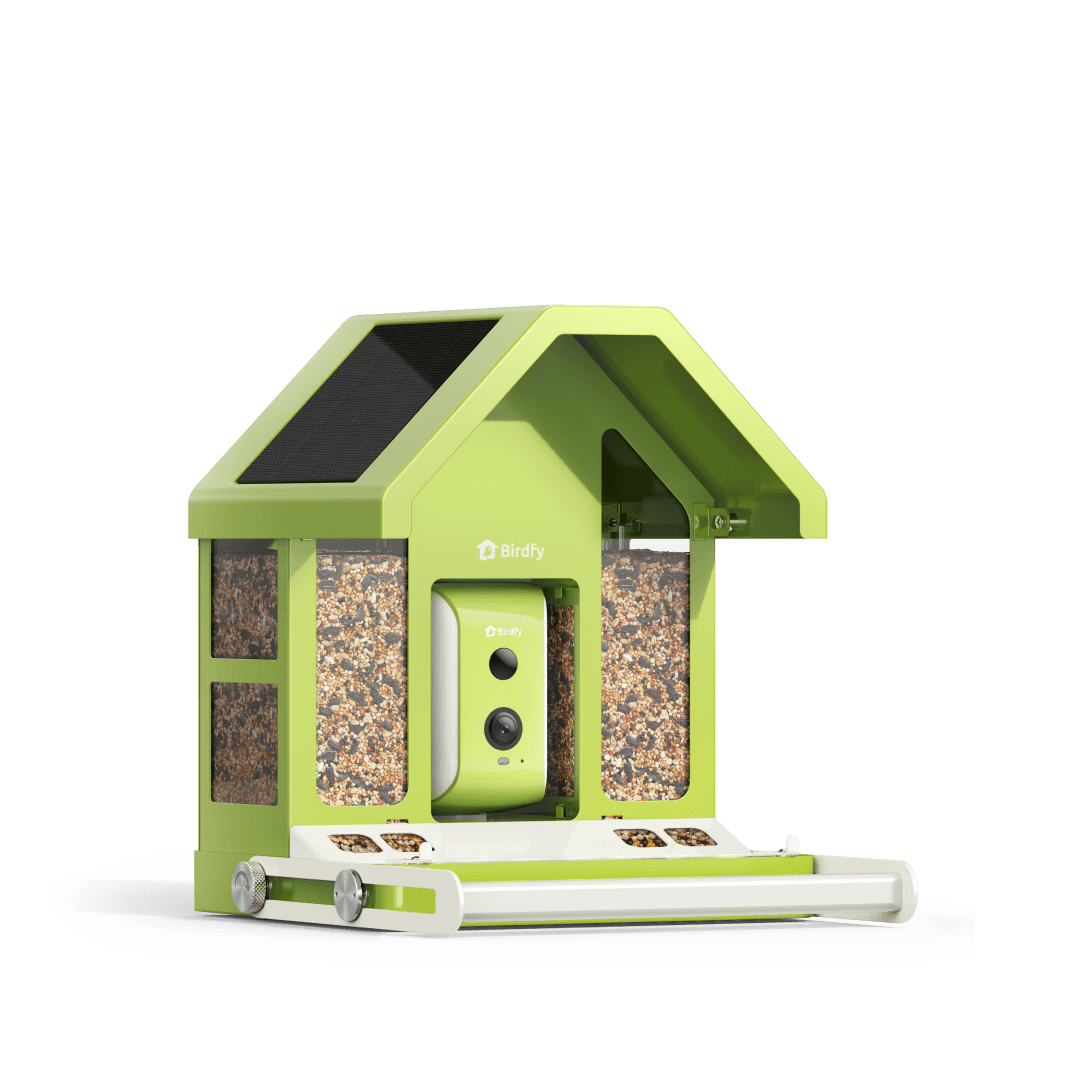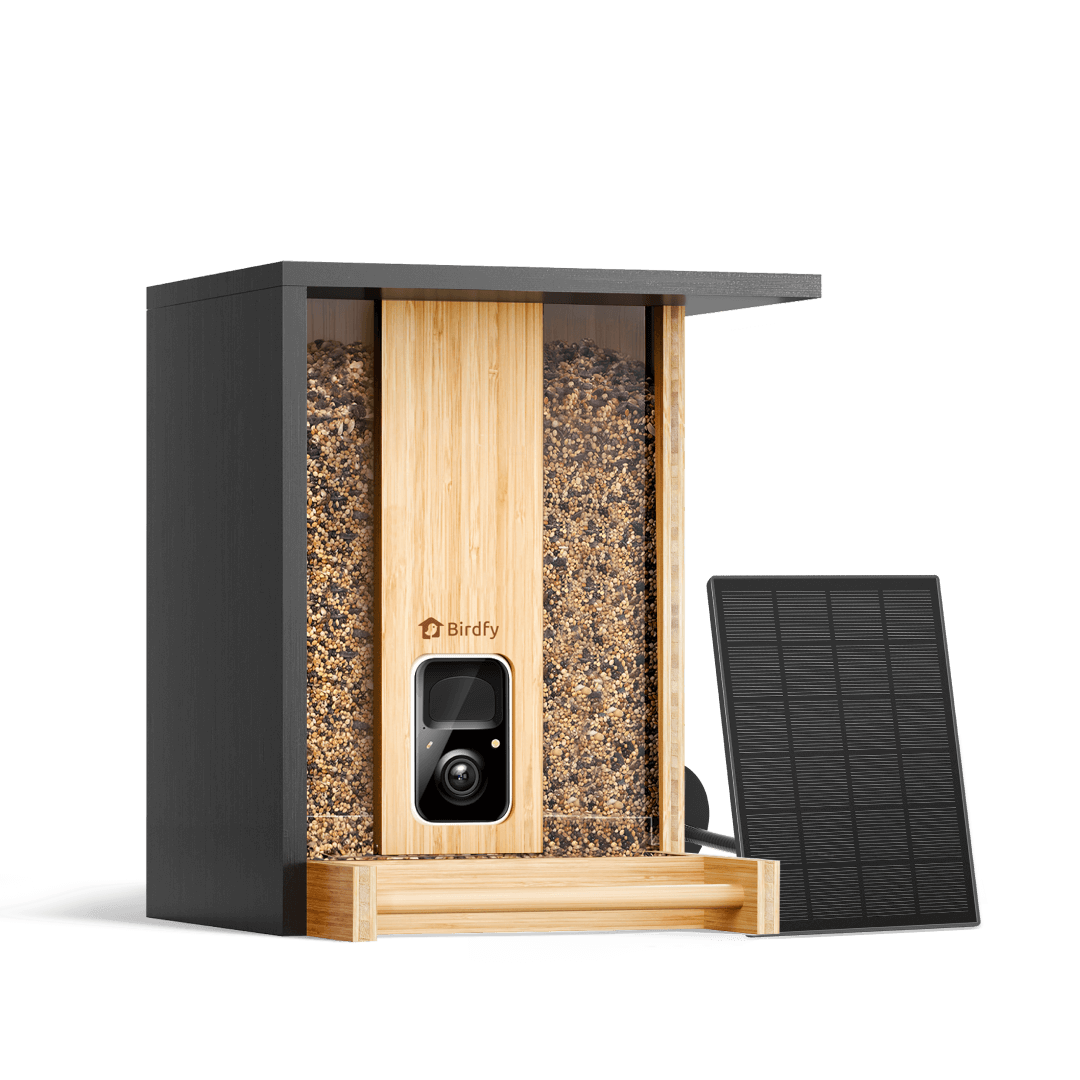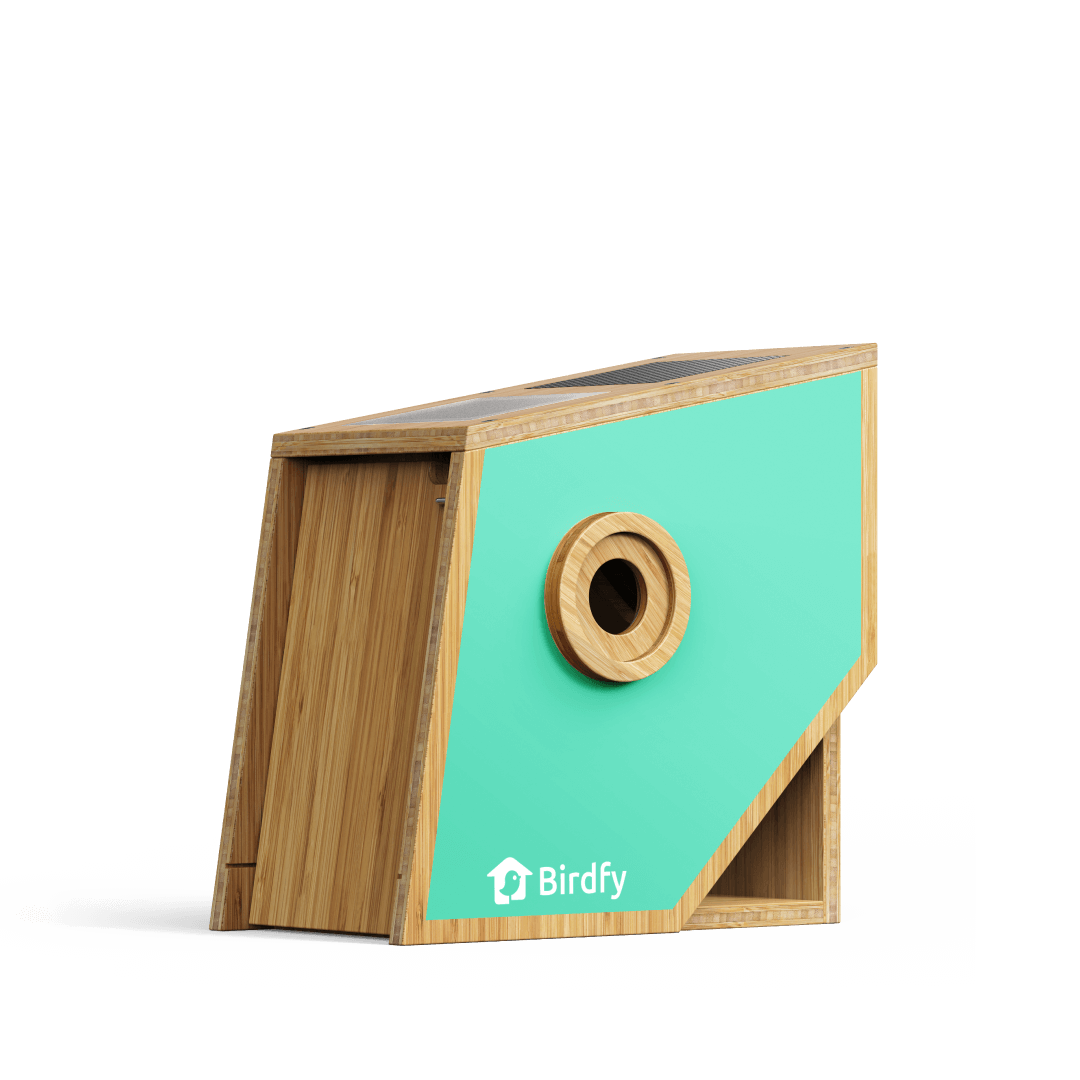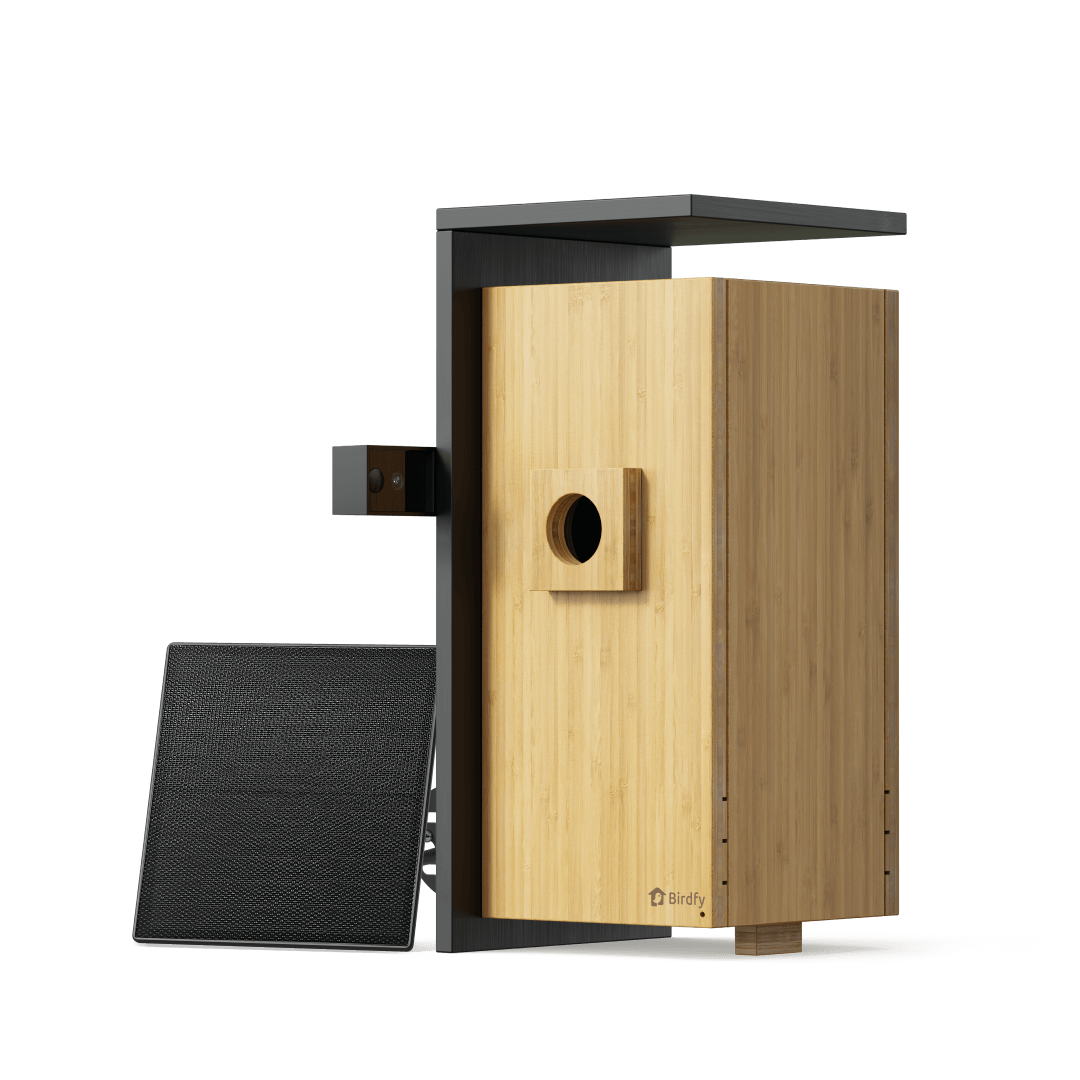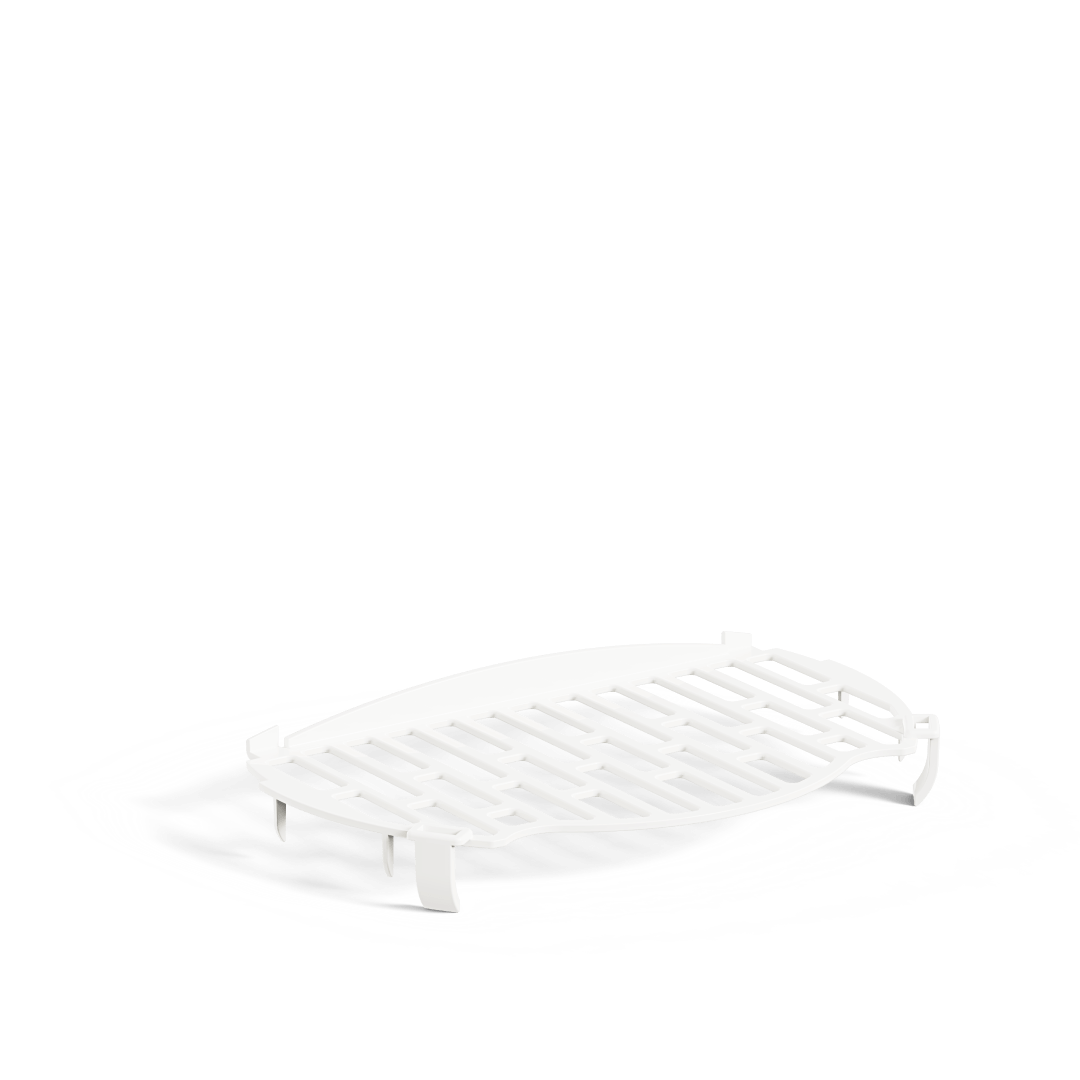Birds, the most conspicuous and widely distributed class of terrestrial vertebrates, captivate human imagination and play indispensable roles in global ecosystems. From pollination and seed dispersal to pest control and nutrient cycling, their ecological significance is immense. Understanding their numbers, diversity, and population dynamics is crucial for conservation, ecological study, and appreciating our planet's biodiversity. As we navigate 2025, synthesizing the latest scientific knowledge provides a snapshot of the avian world: approximately 50 billion individual birds belonging to over 11,000 species share the planet with us, with North America hosting remarkable diversity and one domesticated species achieving unprecedented numerical dominance.
The Global Bird Population: Estimating Billions on the Wing
Pinpointing the exact number of birds on Earth at any given moment, especially for a specific year like 2025, is a monumental scientific challenge. Unlike humans, birds aren't subject to a global census. Instead, scientists rely on sophisticated modeling, extensive datasets, and extrapolation.
1. The Landmark 2021 Study & the 50 Billion Baseline:
The most comprehensive and rigorous estimate to date comes from a groundbreaking study published in the Proceedings of the National Academy of Sciences (PNAS) in 2021. Led by researchers at the University of New South Wales (UNSW Sydney), this study harnessed the power of citizen science, primarily utilizing over a billion bird observations logged on the eBird platform managed by the Cornell Lab of Ornithology.
By combining this massive observational dataset with detailed ecological modeling and sophisticated algorithms, the researchers estimated the global population of all bird species. Their conclusion: approximately 50 billion individual birds were alive at the time of the study.
This figure represents the best available scientific baseline for the early 2020s. It's important to understand that this is not a real-time count but a robust statistical estimate derived from the best available data and methods.
eBird Status and Trend Maps reveal how birds are faring across continental scales
2. The 2025 Context: Trends and Uncertainties:
No Real-Time Counter: There is no mechanism to track global bird populations in real-time with annual updates. Therefore, the 50 billion figure remains the primary scientific reference point for 2025.
The Overwhelming Trend: Decline: Crucially, overwhelming scientific evidence indicates that global bird populations are in significant decline. The landmark "State of the World's Birds" reports by organizations like BirdLife International consistently document this trend, driven by:
Habitat Loss and Degradation: Deforestation, urbanization, agricultural intensification, wetland drainage.
Climate Change: Shifting ranges, disrupted migration timing, extreme weather events, habitat alteration.
Direct Exploitation: Unsustainable hunting, trapping (for pets, food, feathers).
Invasive Species: Predation by introduced mammals (rats, cats) and birds, competition for resources, disease transmission.
Pollution: Pesticides (notably neonicotinoids), plastics, lead ammunition poisoning, oil spills.
Collisions: With buildings, vehicles, power lines, and wind turbines.
Implication for 2025: Given the persistence and often acceleration of these threats, it is highly probable that the actual global bird population in 2025 is lower than the 50 billion estimated for 2021. Quantifying the exact decline year-on-year is impossible globally, but localized studies and trend analyses consistently point downwards. Some estimates suggest hundreds of millions, potentially billions, fewer birds exist now compared to just a few decades ago. Therefore, while 50 billion is the best scientific anchor point, the true 2025 figure is likely between 48-49 billion, possibly less, reflecting an ongoing biodiversity crisis.
3. Skewed Abundance: The Rule of the Few:
The global population is not evenly distributed among species. The study revealed an extreme skew:
Only 4% of bird species account for over 50% of the total global bird population.
Conversely, about 12% of species have estimated global populations under 5,000 individuals, classifying them as threatened with extinction.
This means the global figure is heavily influenced by a relatively small number of highly common and widespread species (e.g., house sparrows, European starlings, certain swallows, barn owls), often human-commensal or generalist species that thrive in human-modified landscapes. Many specialized or range-restricted species exist in much smaller, and often declining, numbers.
Cornell Lab: Seven Simple Actions to Help Birds
Global Avian Diversity: Navigating the Tree of Bird Life
While population counts tell us about abundance, species counts tell us about diversity and evolutionary history. Determining the exact number of bird species is also an evolving science, governed by taxonomy.
1. The Taxonomic Process:
Ornithologists classify birds based on shared characteristics, genetics, and evolutionary history. This classification is dynamic, changing as new information (especially genetic data) becomes available.
Key processes driving changes in the recognized species count:
Splitting ("Lumping and Splitting"): The most common driver of increases. Advances in DNA sequencing, detailed analysis of vocalizations (songs and calls), plumage variations, and ecological niches reveal that populations once considered a single widespread species are actually multiple distinct species. (e.g., the former "Winter Wren" is now recognized as three species: Pacific Wren, Winter Wren, and Eurasian Wren).
New Discoveries: Finding completely new, previously undescribed species, primarily in remote tropical forests, mountains, or islands. While less frequent than splits, discoveries still occur.
Lumping: Less common, but genetic evidence can sometimes show that two species are so closely related they are best considered one.
2. The 2025 Count: ~11,017 Species:
The most widely used and authoritative global checklist is the Clements Checklist of Birds of the World, maintained by Cornell University's Cornell Lab of Ornithology. As of the most recent updates (late 2024, applicable for early 2025), this list recognizes approximately 11,017 species.Other Authoritative Lists: Slight variations exist due to differing taxonomic philosophies and the pace of incorporating new research:
IOC World Bird List (International Ornithologists' Union): Often slightly ahead in recognizing newly proposed splits, usually listing around 10,900-11,000 species.
BirdLife International: Primarily uses the Handbook of the Birds of the World taxonomy, also hovering around the 11,000 mark.
Consensus: Despite minor differences, the scientific consensus firmly places the total number of recognized bird species in early 2025 at approximately 11,000 to 11,017. The Clements figure provides a stable and commonly referenced benchmark.
3. Hotspots of Diversity:
Bird species are not evenly distributed. Tropical regions, especially lowland rainforests, hold the highest concentrations. South America (particularly the Andes and Amazon Basin) is the undisputed leader in avian diversity, followed by Southeast Asia and Africa.
Threats to Diversity: While the total number of recognized species continues to rise slowly due to taxonomic revisions, the actual biological diversity is under severe threat. Habitat destruction in the tropics, the epicenter of bird diversity, is causing population crashes and extinctions faster than new species can be described. Many newly split species are immediately classified as threatened or endangered.
Avian Riches of North America: A Continent of Winged Wonders
Defining "North America" ornithologically typically encompasses the continent north of the Isthmus of Panama, including Greenland, Bermuda, St. Pierre and Miquelon, and all Caribbean islands. This vast area spans arctic tundra, boreal forest, grasslands, deserts, temperate forests, subtropical zones, and tropical ecosystems, resulting in impressive diversity.
1. Estimating the Species Count: ~2,330:
If you were to search "how many bird species in North America", the most authoritative sources converge around 2,330 species for the region as defined above in early 2025.
Primary Sources:
American Ornithological Society (AOS) Check-list: The official standard for North and Middle America (including the Caribbean). Its meticulously reviewed list forms the core count.
Clements/eBird: Integrates the AOS list and global taxonomy, providing a comprehensive checklist filterable to the North American region, aligning closely with the AOS total.
Regional Lists: Checklists for specific countries or areas (e.g., American Birding Association - ABA Area checklist for the US and Canada) contribute to the overall picture.
2. Patterns of Diversity within North America:
Latitudinal Gradient: Diversity increases dramatically from north to south. Canada and Alaska have relatively lower species counts, dominated by waterfowl, seabirds, and boreal forest species. The contiguous United States shows moderate diversity. The true explosion occurs in Mexico, Central America, and the Caribbean.
Mexico and Central America: A global biodiversity hotspot. Mountain ranges (Sierra Madres, Central American highlands) create numerous isolated habitats fostering high endemism. Tropical lowlands teem with resident species. This region holds the vast majority of North America's bird species.
The Caribbean: Islands are crucibles of evolution, each hosting unique endemic species found nowhere else. While individual islands may have few species, the collective diversity across the archipelago is high.
Hawaii: A unique and tragic case. Possessed incredible endemic radiations (e.g., Hawaiian honeycreepers). However, introduced diseases (avian malaria), habitat loss, and invasive predators have caused catastrophic extinctions and left many survivors critically endangered. Introduced species now form a significant part of the avifauna.
3. Key Distinctions:
Breeding Species vs. Total Species: The figure of ~2,330 includes all species reliably recorded within the region, including:
Residents: Species present year-round.
Breeding Migrants: Species that breed in North America but winter elsewhere (e.g., most warblers, flycatchers, vireos).
Non-breeding Migrants: Species that breed elsewhere (e.g., Arctic, South America) but winter or migrate through North America (e.g., many shorebirds, some raptors, waterfowl).
Vagrants: Species far outside their normal range, recorded only occasionally (e.g., Asian birds blown to Alaska, European birds to Newfoundland). Hundreds of species fall into this category, significantly inflating the total count compared to the core avifauna.
Contiguous US & Canada: The combined total of species that regularly breed in the lower 48 US states and Canada is significantly lower, typically estimated around 700-750 species. Adding Alaska and Hawaii increases this, but nowhere near the full 2,330.
Conclusion: A Feathered Planet in Flux
The avian world in 2025 presents a complex picture. Scientifically, we estimate roughly 50 billion individual birds globally, dominated numerically by the ~34 billion Domestic Chickens – a stark testament to humanity's reshaping of the biosphere. This wild population encompasses astonishing diversity, with over 11,000 recognized species, a number slowly growing through taxonomic refinement even as biological diversity declines. North America contributes significantly to this richness with approximately 2,330 recorded species, concentrated in its tropical regions. Yet, underlying these figures is an undeniable trend of decline for wild birds, driven by human pressures. Understanding and conserving this irreplaceable feathered heritage remains one of the critical environmental challenges of our time. The numbers tell a story of abundance, diversity, dominance, and vulnerability all at once.








